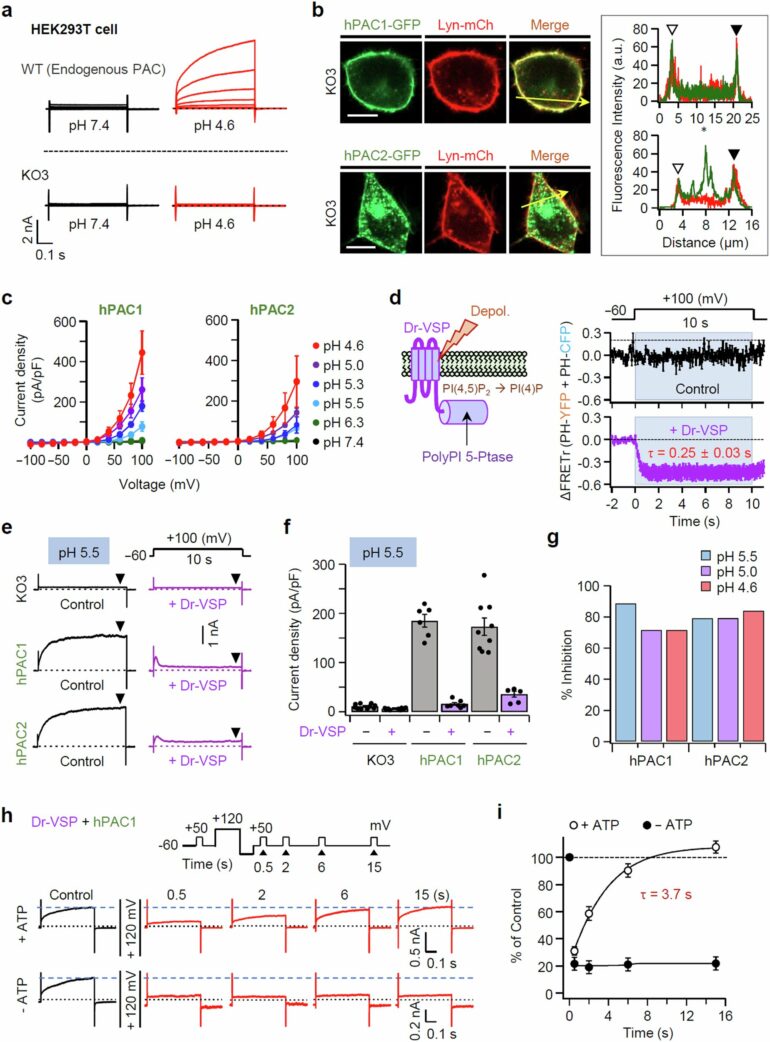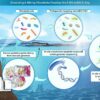A research team led by Prof. Seo Byeong-Chang of the Department of Brain Sciences at DGIST has made the world’s first discovery of how proton-activated chloride (PAC) channels—which play an important role in protecting cells in our bodies—work. PAC channels are important mediators of cell damage caused by tissue acidification, and by unraveling the mystery of how they are activated, the research team has opened up a new road for treating cancer and brain diseases.
The study is published in the journal Nature Communications.
Our bodies become acidic when we exercise for long periods of time or when we are sick. This can damage cells. In particular, when the balance of intracellular chloride ions (Cl–) is disturbed, edema, or swelling of cells, occurs, which can damage cells and tissues. To prevent cell damage, Prof. Seo’s research team has studied how PAC channels work and is now one step closer to developing new treatments.
PAC channels are activated in response to an acidic extracellular environment, that is, a high concentration of protons (H+). Until now, however, researchers did not have a good understanding of how the activation of PAC channels is regulated in cells. An in-depth study was needed to solve this problem.
Prof. Seo’s research team discovered that the activation of PAC channels requires a substance called PI (4, 5) P2 on the inside of the cell membrane. Without this substance, PAC channels barely function, and the movement of chloride ions is reduced, thereby preventing cell damage. By unraveling this process, the research team has revealed the principle governing the working of PAC channels.
This study is significant because it has unlocked the secret of how exactly PAC channels work. This discovery is expected to help develop new treatments to inhibit cell damage in diseases such as cancer and brain diseases.
“We have identified the regulatory mechanism of PAC channels, which has received relatively little attention,” said Prof. Seo. “It is expected that the working principle of PAC channels that we have discovered through this study will be very helpful in preventing cell damage in diseases such as cancer and stroke.”
The first author of this study is Dr. Go Woori from the Department of Brain Sciences, DGIST, and the co-authors are Lee Eun-ah, a Ph.D. student, and Dr. Lim Hyun-ho from the Korea Brain Research Institute.
More information:
Woori Ko et al, The plasma membrane inner leaflet PI(4,5)P2 is essential for the activation of proton-activated chloride channels, Nature Communications (2024). DOI: 10.1038/s41467-024-51400-y
Provided by
DGIST (Daegu Gyeongbuk Institute of Science and Technology)
Citation:
Preventing cell damage: Working principle of proton-activated chloride channels revealed (2024, September 3)



